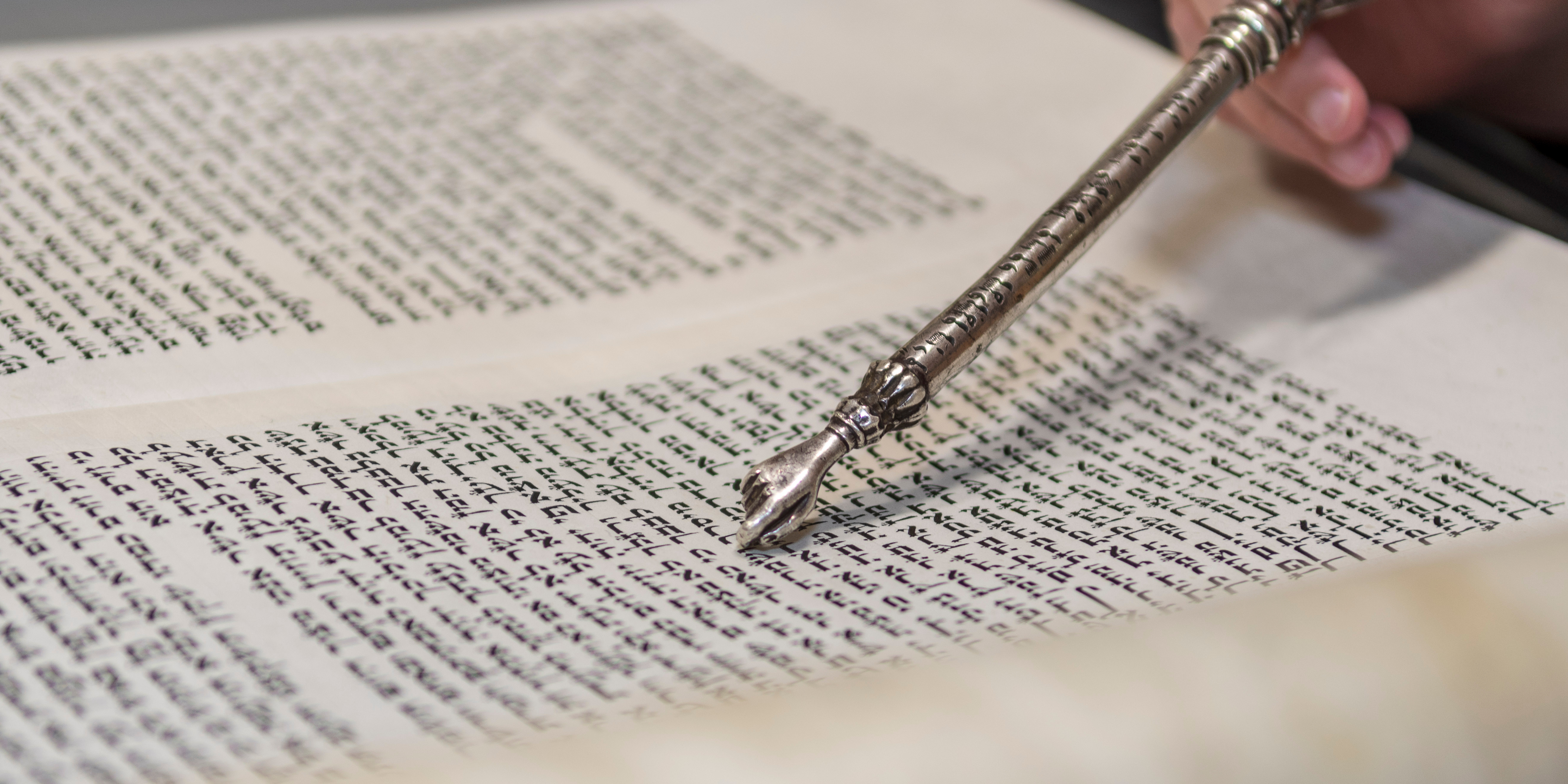Adar & the Jewish Leap Year

The Jewish calendar is based on two principles. It is both a
lunar calendar, based on the time it takes for the moon to go around the earth,
and a solar calendar, based on the time it takes for the earth to revolve
around the sun.
We learn both principles from the Torah. The Torah says:
hachodesh hazeh lachem – ‘this month shall mark for you the beginning of the
months’ [Ex 12:2] The rabbis explain that the word zeh – this – indicates
pointing to something. From here they deduced that God pointed to the New Moon
and instructed Moses that the New Moon would be the sign of the beginning of a
month. Elsewhere, the month of Nissan is referred to in the Torah as chodesh
ha’aviv – the month of Spring [Ex 13:4].
The months stay in the same season only if you follow a
solar calendar. Hence, the Jewish calendar needs to take both the moon and the
sun into consideration. The way to do this is called ‘inter-calculation’. Extra
months are occasionally added to make sure that the months stay in the same
season. As the exact relation between the revolution of the moon to the
revolution of the sun is a complicated fraction; making a calendar both solar
and lunar is quite difficult.
In early days there was a simple way of coordinating the
two. We followed a calendar of twelve lunar months until the seasons seemed out
of place. If you reached the end of the year with no sign that spring was
approaching, an extra month was added. That guaranteed that Passover would
always fall in the spring, as the Torah commanded. That is why, to this day,
the extra month added in a leap year is Adar, the month before Passover. As
this was based on an actual observation of nature, it could not go too wrong.
The power to control the calendar was highly political. When
the Jewish Centre in Israel declined under Roman occupation, the Rabbis in
Israel published a calculated calendar so that the months would continue to be
determined according to their authority, rather than hand that authority to the
Babylonian Jews. We continue to follow this calendar to this day.
The calculated calendar adds seven extra months every 19
years, according to a regular cycle. This is exact enough that even over the
1500 years that we have been using this calendar there are no notable changes
in the seasons.
Our calendar is even more nuanced. Yom Kippur is never
allowed to occur on a Friday or a Sunday, because it would be too difficult to
manage Yom Kippur and Shabbat landing together. To prevent this from happening,
sometimes a day is taken out of the month of Tevet or sometimes an extra day is
added to Kislev. That is the reason that you may have noticed that the festivals
land most frequently on Thursdays and Fridays. Without adjustments, the
festivals would fall equally on the different days of the week.
The calculation of the calendar was done many years ago, at
the height of the Roman Empire. The Rabbi’s solar calendar was what we call the
‘Julian’ calendar. It was eventually replaced by the more exact ‘Gregorian’
calendar that we use today. Some of the events in our calendar that are
determined by the sun, such as the beginning of reciting the prayer for rain or
the blessing of the sun – recited at the beginning of the new cycle of years
every 28 years – do not now fall at the right time, because of differences
between the Julian and Gregorian calendars. The differences are still small.
But our descendants, many generations in the future, may need to find a way to
deal with this.



